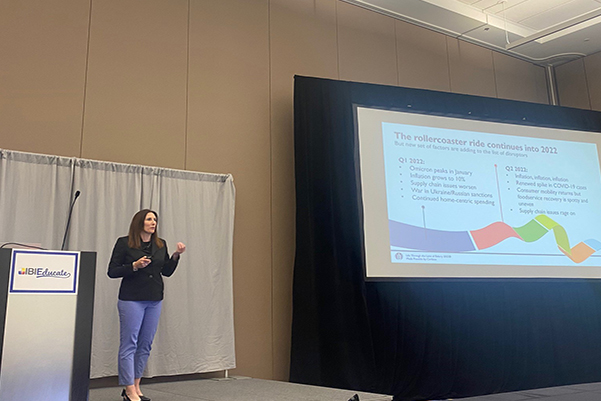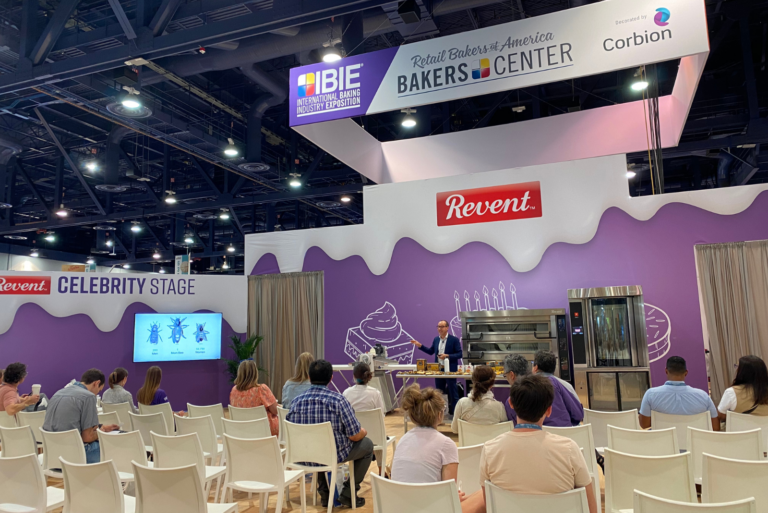LAS VEGAS — In its new consumer research study, “Life Through the Lens of Bakery,” conducted by 210 Analytics and sponsored by Corbion, the American Bakers Association (ABA) revealed findings on how American consumers fit bakery into their daily lives and special occasions.
The ABA study’s author, Anne-Marie Roerink of 210 Analytics, presented the findings during the International Baking Industry Exposition, which took place Sept. 18-21 in Las Vegas.
The study surveyed 1,555 consumers in July 2022. From the grocery store and restaurant to the digital shelf, the comprehensive report gathered a fresh picture of the role bakery plays in consumers’ everyday experiences.
Consumers have been through a lot in the past three years, but today, COVID concerns have been dwarfed by cost-of-living increases. According to the study, 56% of American shoppers reported changing when, where and how they purchase baked goods.
But there’s good news for the industry: Despite inflation, bakery remains a priority for consumers.
Although nine in 10 Americans are concerned over high grocery, restaurant and gasoline prices, consumers consider baked goods an affordable indulgence. In fact, 64% make room in their budgets for an occasional baked treat, and 80% make baked goods part of special occasions.
Meanwhile, meals remain more home-centric with people emphasizing baked goods in their home-prepared meals. On average, 68% of meals that include baked items are prepared at home.
However, today’s economic climate has shopper demographics ranging from Gen Z to baby boomers seeking sale specials more often. A quarter of consumers ranked this as the main change when shopping for baked items in store.
“It seems change is our only constant, and yet we are not the ones in charge of the rollercoaster ride,” said Christina Donnelly, director of industry relations and strategic initiatives at ABA. “Now grappling with inflation in addition to COVID-19 and other concerns, consumers continue to shift dollars between online and in-store; retail and restaurants; and between value versus premiumization.”


 The study also revealed that bakery is an important part of family traditions, special celebrations and holidays, according to 80% of respondents. With nearly 75% of Americans back to celebrating special occasions as they did before the pandemic, baked goods take center stage in those moments.
The study also revealed that bakery is an important part of family traditions, special celebrations and holidays, according to 80% of respondents. With nearly 75% of Americans back to celebrating special occasions as they did before the pandemic, baked goods take center stage in those moments.







